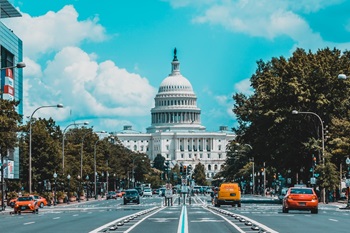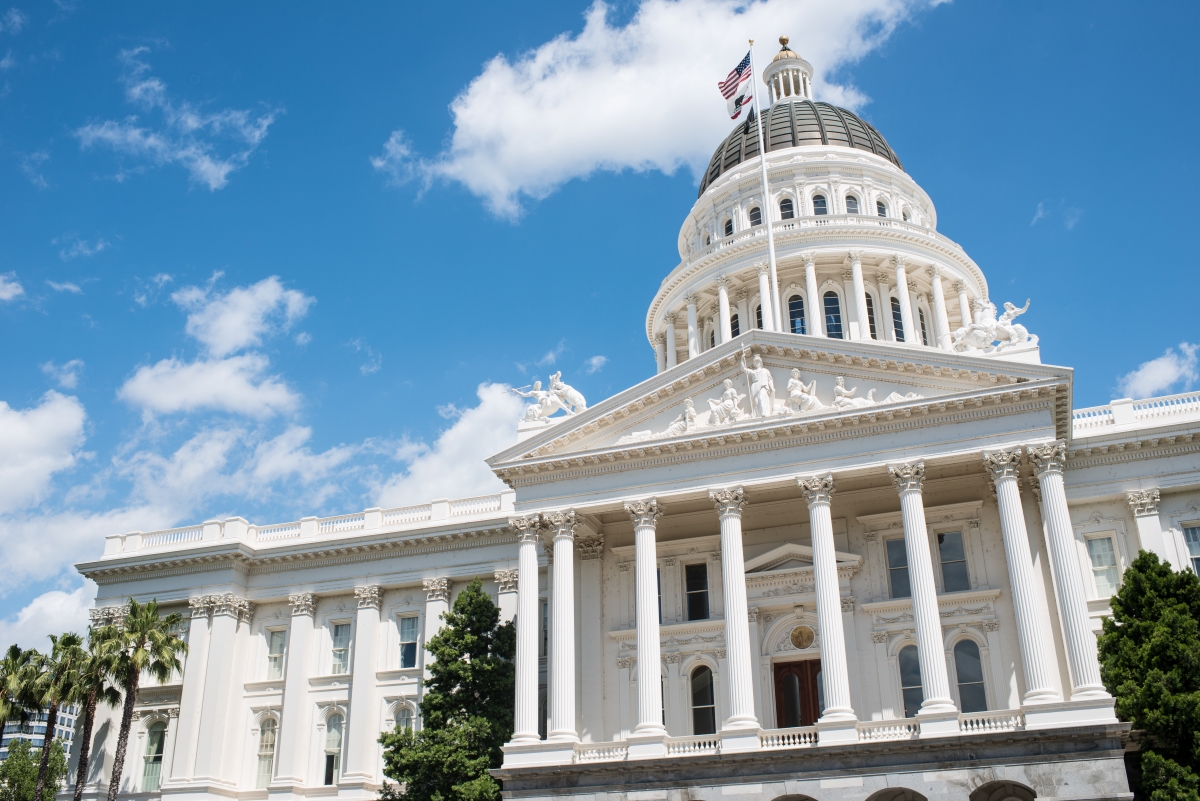By Andy Harig, Vice President of Tax, Trade and Sustainability Policy, FMI

The United States Congress has begun, once again, an effort to reform the tax code. The House of Representatives has already put forth their list of proposals and the Senate is expected to follow in short order. Democrats firmly maintain that raising the corporate income tax to 26.5% and the highest personal income tax rate to 39.6% — along with a host of other changes — will create a more equitable tax code, while also generating billions in new revenue. Republicans counter that raising taxes on businesses, particularly during a still-raging pandemic, penalizes job creators and will slow economic recovery.
The average citizen probably finds most of this back-and-forth head-scratching as dueling and contradictory ideas are thrown out as dogma, often with little support for the assertions being offered. After all, even Albert Einstein purportedly said (according to his accountant), “The hardest thing in the world to understand is the income tax.” Fortunately, in the world of food retail, understanding the role of taxes is a much easier task, courtesy of the just released The Food Retailing Industry Speaks 2021 report.
Speaks’ survey of FMI’s membership found that the average effective tax rate for the food retail industry was 22%. Broken out by size, the smallest operators (under 10 stores) had a rate of 20.8% and larger operators (11-100 stores and over 100 stores) both had an average effective rate of 23.3%. These figures represent the industry-wide average and include both pass-through entities and “C” corporations. This figure is particularly stunning when you consider that Speaks also found net profits to be only 3%.
To put the 22% average into perspective, the left-leaning Institute on Taxation and Economic Policy found that 55 of the United States’ largest corporations paid no federal income taxes in their most recent fiscal year, giving them an effective rate of zero. Many observers, particularly those in favor of raising taxes on businesses, have painted a zero rate as a direct result of something inherently nefarious. I want to be clear that I am not asserting that to be true in any way — there are a number of entirely ethical and legal reasons these companies are able to drive down their effective rates, even if the end result doesn’t always feel fair.
For example, they may have foreign earnings that are not repatriated or losses that they carried forward. One other critical factor is also in play: generally speaking, many of these companies have access to tax credits and deductions that the business model and structure of food retailers make difficult to access. So, there are reasons built into the tax code why some companies are able to have an effective tax rate of zero and others — like food retail — pay very near the top marginal rates.
Putting fairness aside, these figures make clear that food retailing is a high-tax industry that pays its fair share of taxes and then some. Remember, this is just the effective tax rate at the federal level; retailers pay billions in additional dollars at the state and local levels, as well. These outflows have a major impact on job creation, expanding operations and making investments in the consumer experience. So, it is not just the companies themselves that pay, but a broad ripple of consumers and communities that miss out on these investments.
The Beatles had their Taxman say “There’s one for you, nineteen for me.” Speaks demonstrates that the situation at the federal level isn’t quite that grim. But at an average 22% federal effective tax rate, the sentiment that “I’m the Taxman, and you’re working for no one but me” can sometimes feel a little too close to the mark.


 Industry Topics address your specific area of expertise with resources, reports, events and more.
Industry Topics address your specific area of expertise with resources, reports, events and more.
 Our Research covers consumer behavior and retail operation benchmarks so you can make informed business decisions.
Our Research covers consumer behavior and retail operation benchmarks so you can make informed business decisions.
 Events and Education including online and in-person help you advance your food retail career.
Events and Education including online and in-person help you advance your food retail career.
 Food Safety training, resources and guidance that help you create a company food safety culture.
Food Safety training, resources and guidance that help you create a company food safety culture.
 Government Affairs work — federal and state — on the latest food industry policy, regulatory and legislative issues.
Government Affairs work — federal and state — on the latest food industry policy, regulatory and legislative issues.
 Get Involved. From industry awards to newsletters and committees, these resources help you take advantage of your membership.
Get Involved. From industry awards to newsletters and committees, these resources help you take advantage of your membership.
 Best practices, guidance documents, infographics, signage and more for the food industry on the COVID-19 pandemic.
Best practices, guidance documents, infographics, signage and more for the food industry on the COVID-19 pandemic.
